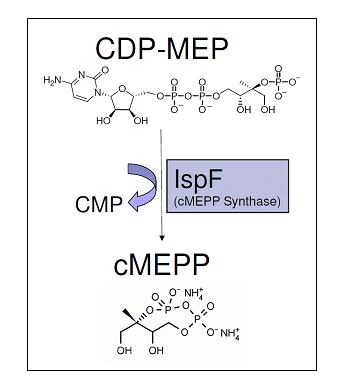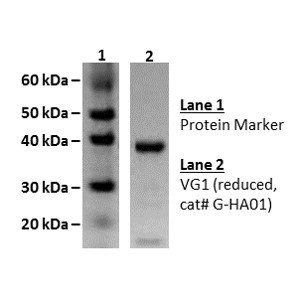Lipid coated beads are designed for use in protein pull-down experiments. Use to test for lipid binding of purified protein, proteins in cell lysate, or binding of radiolabeled in vitro translation products.
PI(4)P Beads are composed of agarose with 10 nanomoles of bound PI(4)P per mL of beads, enough for several protein binding experiments. Each 1 mL order of Beads includes a small amount of control beads. Larger quantities of Control Beads are also available for purchase.


